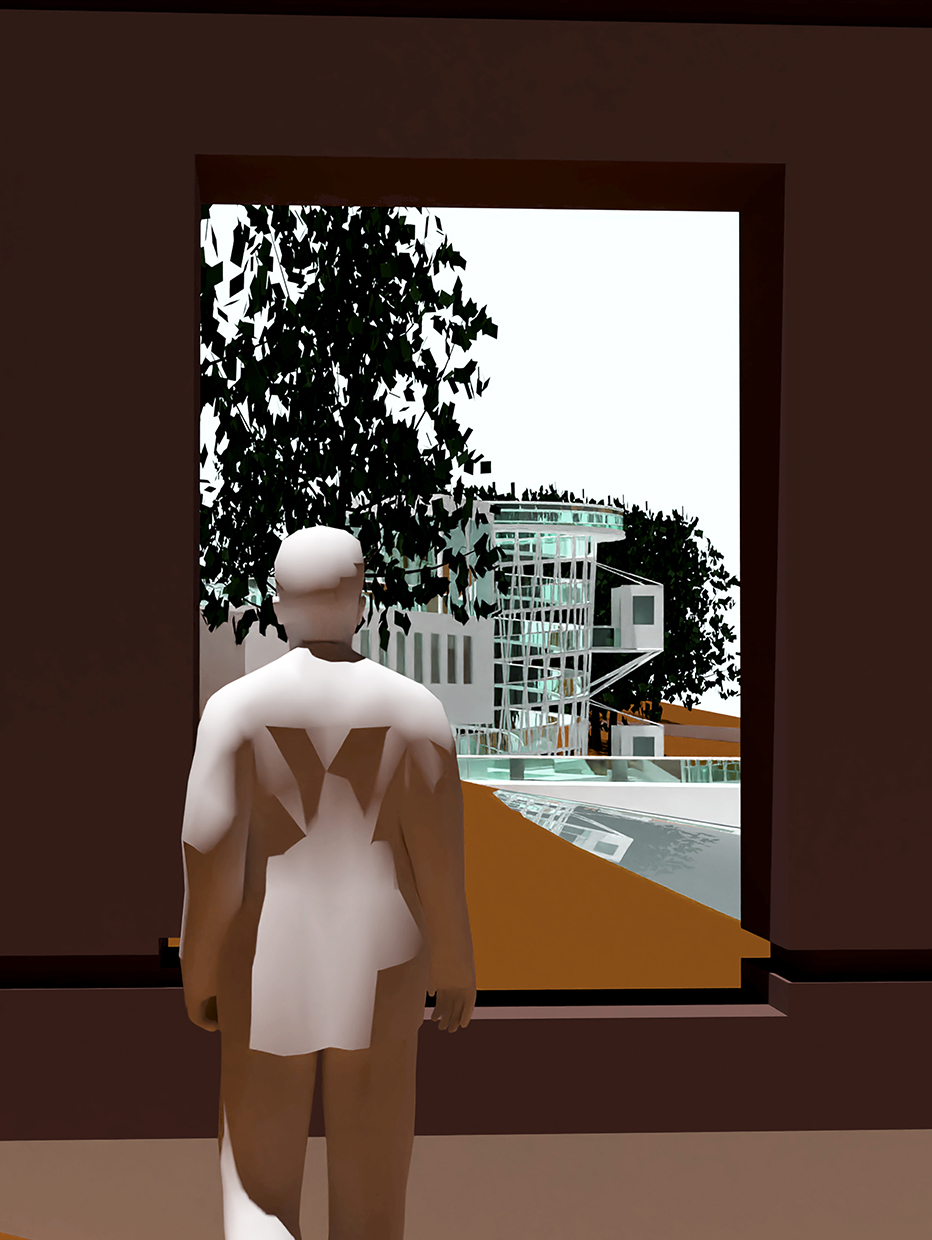Light Science

Category
Daylight in buildings - Region 3: The Americas
Students
Nick Xu
School
Georgia Institute of Technology
Country
United States
Download
Download ↓
The successful use of this facility relies on a research program which is supported and made possible by a secondary configuration of functions and spaces. The ultimate intention of the primary program is to improve learning as it relates to lighting conditions in classrooms, libraries, or discussion areas. This would be explored by the “scientists”. The secondaryor subprogram, which is for the “participants”, would serve the study and investigation of discursive disciplines which include history, religion, literature, or pure philosophy (studyingin these disciplines would also bring awareness to the rich contextual information that already exists on site). This subprogram therefore supports the primary program, where the scientists try to discover how the differences or transitions between direct and diffuse light affect the participants’ emotions and learning (The idea of exploring direct and diffuse light derives from seeing Siobhan Rockcastle and Marilyne Andersen’s matrix in “Celebrating Contrast and Daylight Variability in Contemporary Architectural Design: A Typological Approach”.). Setting the subprogram up, the scientists may extract the strengths of naturalistic observation, even if the participants would engage in any technological process, such as fMRI scans. This subprogram forms a more natural, welcoming, and comfortable environment where their desire is about meeting their peers/masters to discuss their own study. Then, the primary program may more easily answer other questions: Is there a condition where learning improves? Could there be embodied simulations (Harry Mallgrave mentioned how “an equally skilled pianist” can have similar “mirror systems” to another player in “Cognition in the Flesh… The Human in Design”) due to light, and then what if conditions contradict the symbolisms in the discipline?The questions above arise from the pace of contemporary life which is getting ever faster and all-consuming. The answers to these questions will help architects in the future to have a higher awareness of lighting conditions and understand how the buildings respond to human needs.

































